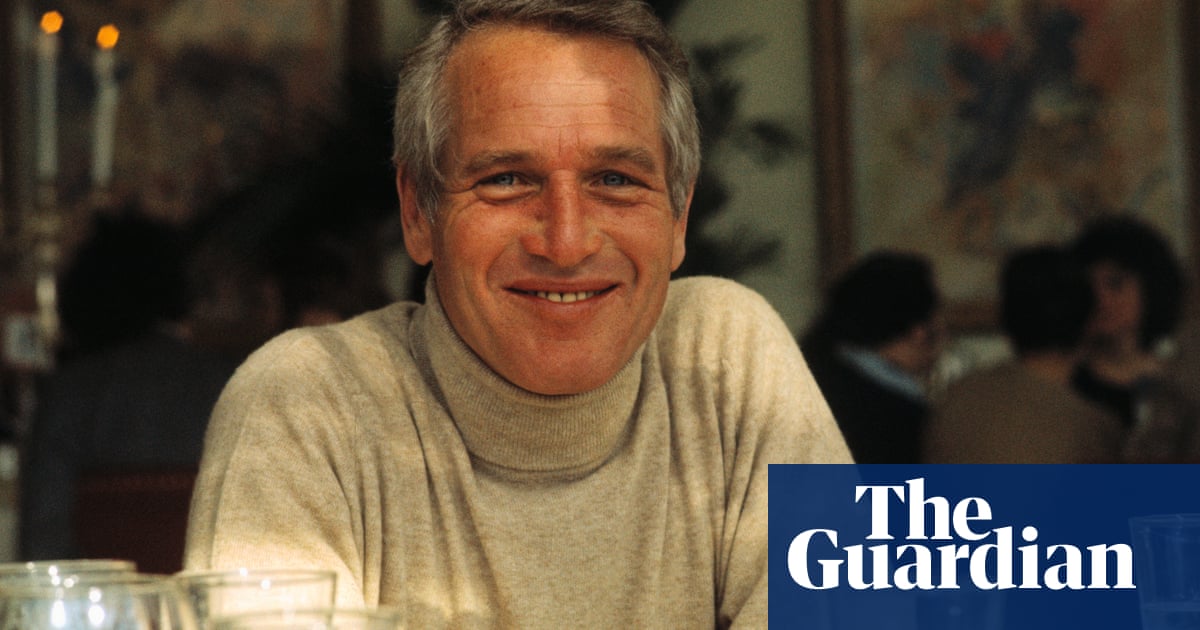
hen I first moved to New York in 2008, I asked someone how long it takes to become a New Yorker. Oh, she said. About six months? It was a flip answer, but it had a grain of truth. As the port of entry for generations of immigrants, New York is proverbially the city that says, in the words of the Emma Lazarus poem on the plinth of the Statue of Liberty, “bring me your poor, your tired, your huddled masses yearning to breathe free”. As a new immigrant you have an identity here, a role to play in the great polyphonic comedy of city life. Everyone hates tourists, which is why most residents take elaborate precautions to avoid the area around Times Square, but the brand new New Yorker is a type, a tradition, and thus accorded a certain honour. He’s the one who emerges from the subway and doesn’t immediately know which way is uptown, executing a strange rotation as he tries to orient himself. She’s the one who leaps to the closing door of the carriage, because she didn’t understand that the incomprehensible muffled voice of the announcer was saying that the train is now running express to 125th.
A more serious answer to the question of belonging was given by a former neighbour of mine, the novelist Colson Whitehead. “No matter how long you have been here,” he wrote in an essay published soon after 9/11, a moment when the city was in a state of traumatic shock, “you are a New Yorker the first time you say: ‘That used to be Munsey’s’ or ‘That used to be the Tic Toc Lounge’.” The pandemic has given those references a new poignancy, as thousands of shops and restaurants have been forced out of business, many of them the last hold-outs from a scrappier, more eccentric era. My melancholy personal geography of “used to bes” now includes the dim-sum hall where my wife and I had our wedding reception, the playspace where I took my son when he was a toddler, the East Village dive where I drank with some slightly random people when I’d just arrived and didn’t know anyone else.
Craig Taylor, a Canadian who lived for many years in Britain, arrived in 2014 to write New Yorkers: A City and Its People in Our Time, an ambitious and entertaining attempt to channel the city’s collective voice. It’s a collection of interviews, oral histories somewhat in the mode of Svetlana Alexievich, the Belarusian Nobel prize laureate and practitioner of what she calls “documentary literature”. Alexievich has collected testimonies from people who experienced the Chernobyl nuclear disaster, the Afghan war and the collapse of the Soviet Union. Taylor’s style is gentler, and he’s not concerned with capturing the truth of a particular historical moment. In his previous books on London, and on the Suffolk village of Akenfield, he has established himself as a good listener, a pleasant companion for the reader and an astute but laid-back interviewer who knows how to put his subjects at ease. In some ways a closer comparison than Alexievich would be the poet Heathcote Williams, who in 1964 wrote The Speakers, which collected the voices of the eccentrics and ranters at London’s Speakers’ Corner.
As you’d expect from a book about New York, Taylor introduces us to people who provide services to the wealthy – a dog walker, a therapist, a personal chef – and characters with colourful, quintessentially Gotham jobs such as the high-rise window cleaner and a man who wrangles balloons at the Macy’s Thanksgiving parade. Taylor leans in to the cliches, and usually manages to get beyond them, extracting some unexpected nugget of information, some gem of city wisdom. A cab driver explains how not to get mugged: “The thing about New York is the eyeballs. You have to make contact with people in New York. If you don’t they’re going to put one over on you. Why do people get robbed in New York? They turn away.” Among the most fascinating interviews is one with an elevator repair man who tells hair-raising stories about mummified mice and the appalling sludge that accumulates in housing project elevator pits, a toxic “golden” mix of oil and urine that has to be cleared away with an ice scraper. He also shares details about the black market in elevator keys, which (perhaps inevitably) led this reader down an internet rabbit hole into the “elevator enthusiast community”.
Much of the pleasure of New Yorkers comes from a kind of sly parataxis, the rhetorical trope in which elements are placed side by side, without being overtly connected together. The cop speaks, then the trans social justice activist. The lawyer is followed by the car thief. The effect is like one of those high modernist paeans to urban life, John Dos Passos’s Manhattan Transfer or Dziga Vertov’s Man With a Movie Camera, a narrative montage of faces and perspectives that is pressed into the service of – what, though? There’s an implicit idea of the cosmopolis, the city that contains the whole world, and Taylor has certainly talked to a wide variety of people. With typical self-effacement, he uses someone else’s description of his project to explain how he chose his interviewees, not the “bold face names”, the famous people New Yorkers rigorously ignore when they’re seated next to them at a restaurant, but the “lightly italicised”, the people he can use to illustrate some aspect of the New York experience, who occupy some narratively useful niche.
Running like a thread through the book is Taylor’s experience volunteering at a lunch programme in a church basement near Union Square, and his friendship with a homeless man he meets there. Taylor is a humanist – both in the sense of wishing to be of service to others, and in the sense of seeing a city as fundamentally about people. In one sense, the point is inarguable. What else would a city be “about” but the people who live there? But cities also have a non-human life as well, a life that demands to be thought of in terms of systems – of sewers and power lines, transportation, communication. Cities are ecologies. They’re surfaces over which power and control are distributed with varying intensities. People are also members of populations, through which viruses are transmitted.
It’s not Taylor’s project to describe New York in this way, and the absence of this perspective isn’t necessarily a shortcoming of a book that admirably succeeds in what it sets out to do. It does, however, limit what can be said. Inevitably, in a book about New York, stories about development and gentrification loom in the background. We meet a real estate agent, and a downtown character who mourns the loss of the clubs and bars that defined his bohemian scene, but we don’t get a sense of the incredible speed and power of the processes that are transforming the city, the deals that are restructuring the Manhattan skyline and, increasingly, that of downtown Brooklyn. We meet the mother of an inmate at Rikers Island, but we don’t get a sense of the structural problems with crime and policing that sent her son to that dilapidated, violent place. We hear two bankers scratching their heads about how it could be possible to live here on under $150k a year, but we don’t hear about the funds buying up empty properties in low-income neighbourhoods such as Brownsville and East New York, waiting for the right time to flip them.
History is absent, too, perhaps deliberately. There’s an extraordinary story about the Rockaways peninsula during Hurricane Sandy, as a father and daughter battle to survive fire and flood, but 9/11 barely registers. Nor does Occupy, or Black Lives Matter. The pandemic creeps in around the edges, but by the time it’s under way, Taylor is moving on. His visa is up, and he’s on to his next project. He does a fine job of telling the New York story, but the place doesn’t get into his blood. He doesn’t dream the dream. There actually is a dream, not the metaphorical “American Dream” but a specific night-time dream shared by a very large number of New Yorkers. In the dream, you open a door in your cramped, absurdly expensive apartment, and find a room you never knew existed. This can be alarming, but for most people, it’s very exciting. Space is freedom. The possibilities! A work room! Somewhere for the baby! Then you wake up, and reality sets in again. You try to master your disappointment. You go out to face the city. If you dream that dream, and it doesn’t make you look at real estate listings in the suburbs, congratulations: you’re now a New Yorker.
New Yorkers: A City and Its People in Our Time by Craig Taylor is published by John Murray (£25). To order a copy go to guardianbookshop.com. Delivery charges may apply.












